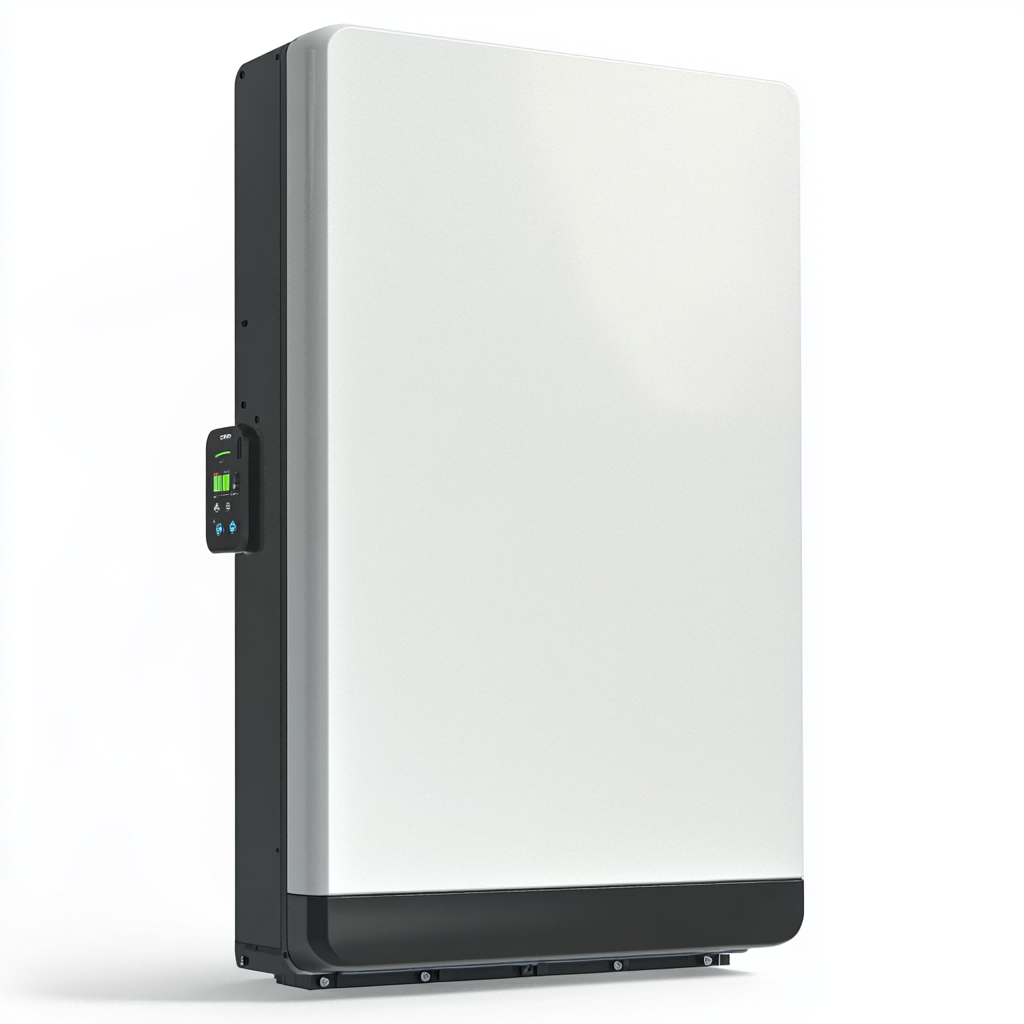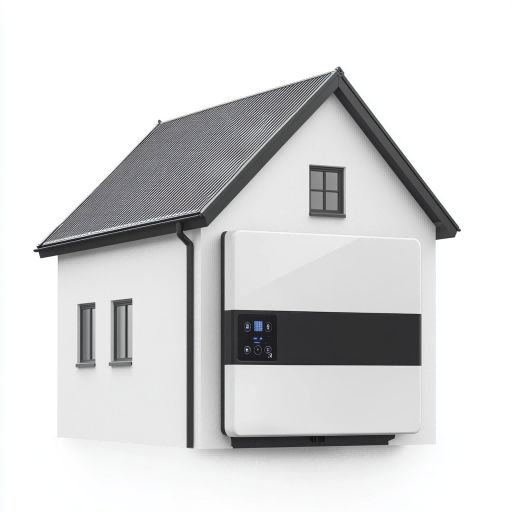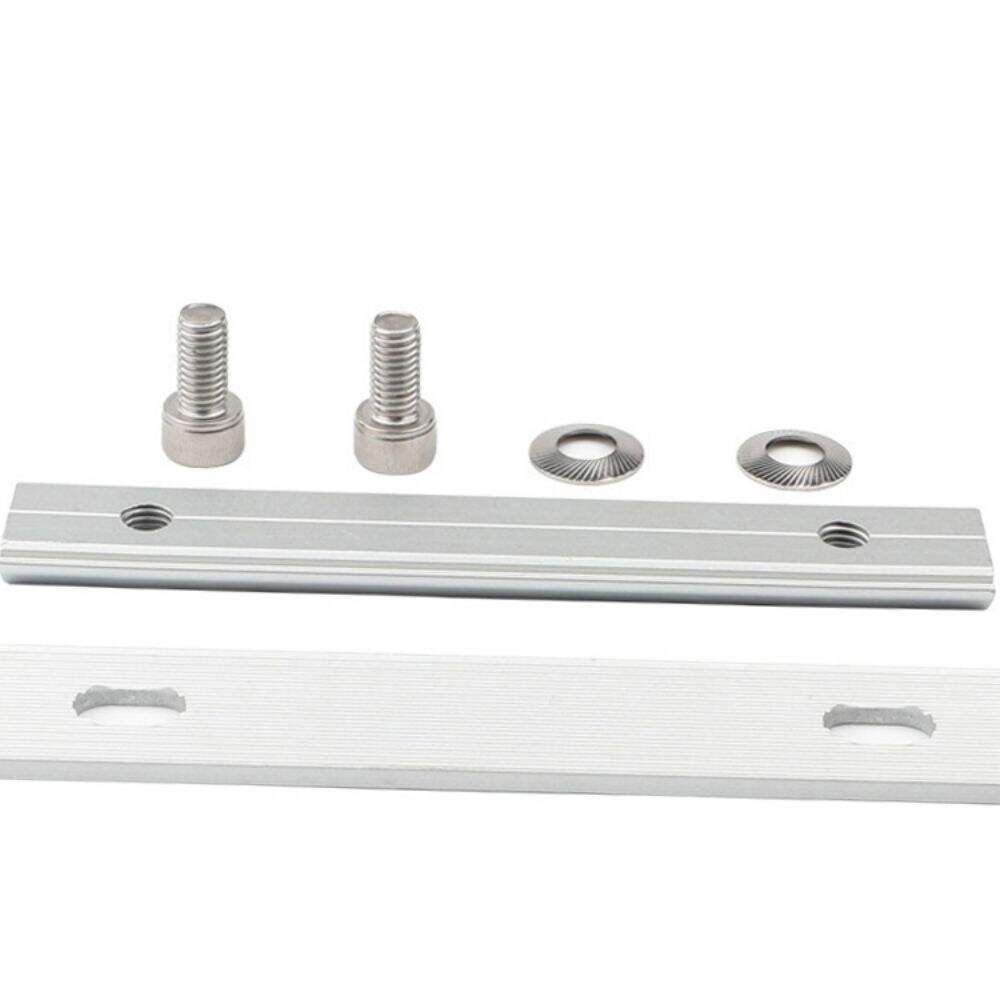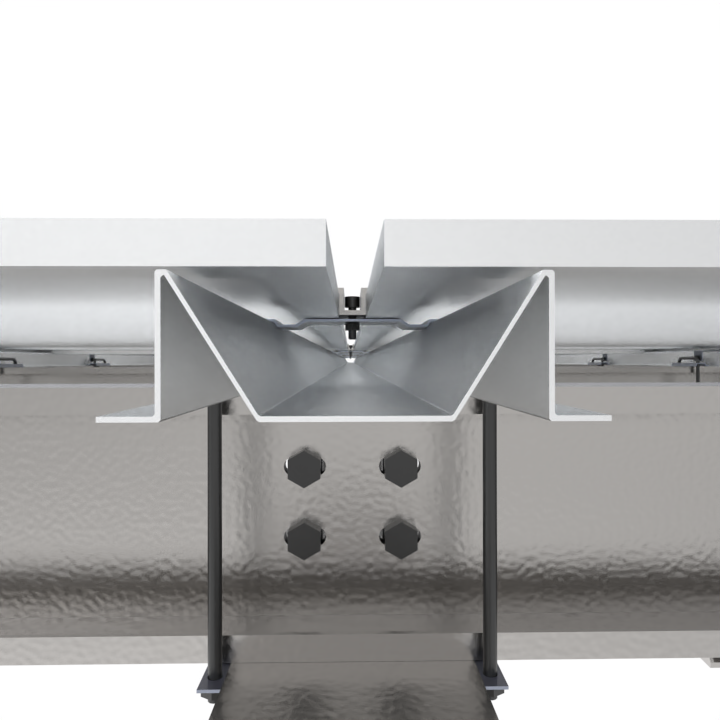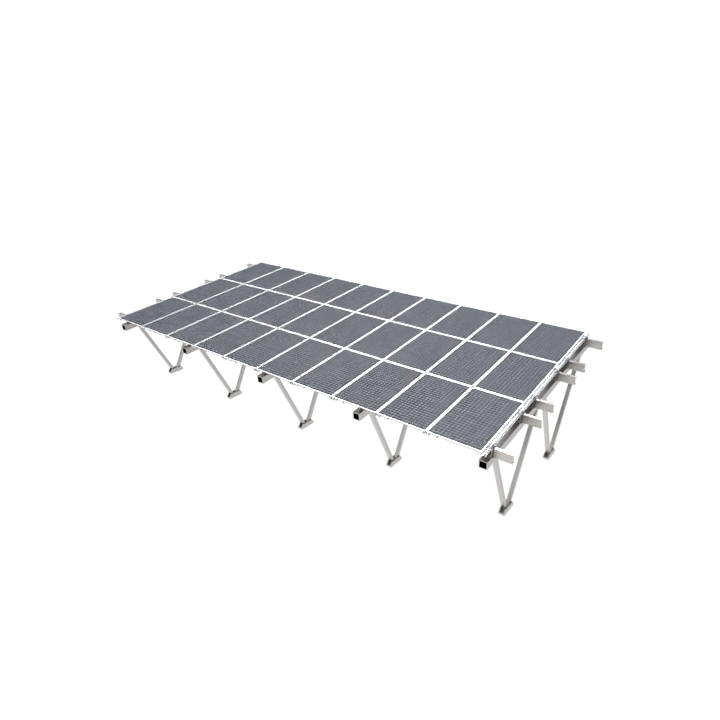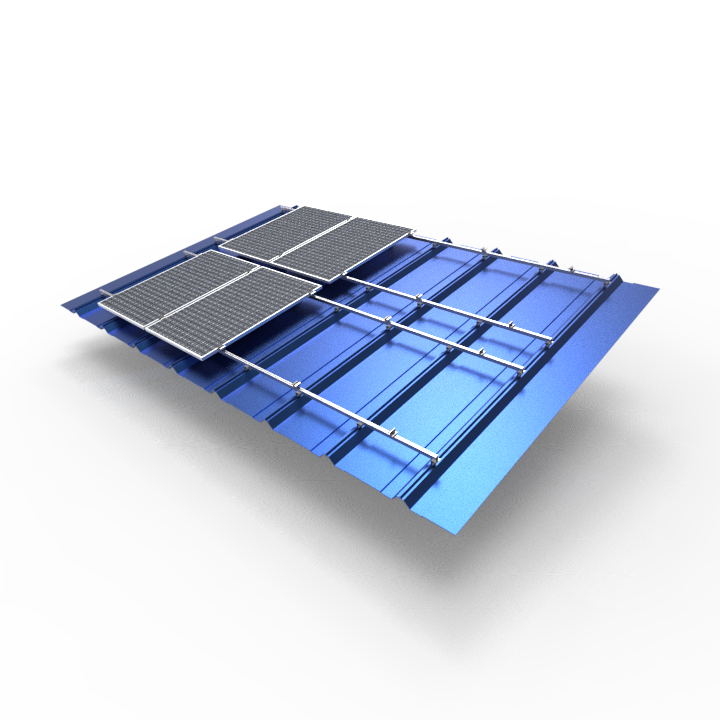What are the benefits of a steel carport?
Introduction
Steel carports are versatile protective structures designed to withstand various environmental conditions, offering superior durability and resistance. They are crafted from high-quality steel, ensuring a robust framework that efficiently safeguards vehicles and other assets from elements like UV rays, snow, and rain. In recent years, steel carports have been gaining popularity for both residential and commercial applications, owing to their reliability and long-term cost-effectiveness as outdoor storage solutions. This growing trend underscores a movement towards more sustainable and enduring building materials, particularly in expanding urban and suburban landscapes where efficient use of space is a priority.
Durability and Strength
Steel carports are renowned for their ability to withstand extreme weather conditions, making them a reliable choice in regions prone to heavy rain, wind, and snow. Meteorological reports indicate that steel carports can endure wind speeds of up to 100 mph and snow loads exceeding several inches, thanks to their robust structure. This resilience ensures that vehicles remain protected in adverse weather, offering peace of mind to car owners.
In addition to weather resistance, steel's natural properties, particularly in galvanized form, make it resistant to rust, pests, and various environmental factors. Galvanized steel undergoes a zinc coating process, which significantly boosts its corrosion resistance, allowing the structure to maintain its integrity even in high-moisture environments. This feature makes steel carports a superior choice over other materials that may succumb to rust or pest-related damages over time.
The lifespan of steel carports notably surpasses that of wooden or fabric alternatives. Studies from the building materials industry highlight how steel structures can last for decades with minimal maintenance, whereas wooden carports often require regular upkeep and may only last a few decades before rotting or needing substantial repairs. Fabric carports, while initially cost-effective, frequently deteriorate under harsh weather conditions. Therefore, steel emerges as a long-term investment, ensuring durability and reduced maintenance costs.
Cost-Effectiveness
Steel carports are notably cost-effective, primarily due to their lower initial purchase and installation expenses compared to traditional garages. While a typical garage can cost between $15,000 and $30,000, a standard steel carport may start as low as $1,200. This significant difference in cost can be attributed to the reduced need for concrete, labor, insulation, and electrical work, which often accompany garage construction.
Furthermore, the maintenance costs over the lifespan of a steel carport are minimal, leading to substantial savings. Unlike wood or fabric structures that require regular upkeep and replacements due to weather damage or wear and tear, steel carports generally only need occasional checks for rust and structural integrity. This durable nature ensures that maintenance does not become a financial burden over time, thereby enhancing the overall long-term savings for the owner.
In addition to financial savings, steel carports offer energy efficiency benefits that contribute to their cost-effectiveness. With properties that help keep areas below them cooler in summer and warmer in winter, steel carports can assist in regulating the temperature of parked vehicles and adjacent spaces. This property potentially reduces energy consumption for climate control in nearby buildings. Studies indicate that such temperature regulation leads to a modest reduction in energy bills over time, further enhancing the cost-effectiveness of steel carports.
Versatility and Customization
Steel carports are available in an array of sizes and styles, catering to diverse storage needs ranging from accommodating cars to housing boats and recreational vehicles. For instance, smaller carports are perfect for single-vehicle protection, while larger units can handle multiple vehicles or serve as shelter for oversized equipment like RVs. This adaptability makes them a flexible choice for various scenarios.
Customization options take the versatility of steel carports a step further. These structures are not only available in a variety of colors but can also be tailored with additional features like side walls, doors, and even ornate designs to complement personal or property aesthetics. By opting for these bespoke elements, users can align the carport with the existing architectural style of their property, enhancing its overall appeal.
The installation of steel carports is remarkably straightforward, often requiring just a few hours to complete. Installers frequently highlight the efficiency of setting up these structures, with most projects being completed by small teams within a single day. Moreover, their lightweight nature allows for easy relocation, if necessary, providing owners with the flexibility to adjust placement as needed—a practical benefit appreciated by many users seeking a blend of utility and adaptability.
Conclusion
In conclusion, steel carports offer numerous advantages, cementing their status as a wise investment for both homeowners and businesses. They provide unparalleled durability due to their robust construction, requiring minimal maintenance compared to traditional materials. Steel carports also offer flexibility in size and style, suiting various needs, from protecting vehicles to serving as additional storage spaces or outdoor recreational areas.
Considering their cost-effectiveness, longevity, and versatility, steel carports stand out as a smart, long-term solution for property protection and enhancement. Whether you're shielding your assets from harsh weather or seeking a versatile outdoor structure, investing in a steel carport can significantly improve the functionality and aesthetics of your space.
FAQ
What are the main benefits of using a steel carport?
Steel carports offer superior durability, minimal maintenance costs, and versatility in style and size. They can withstand extreme weather conditions and have a longer lifespan compared to wooden or fabric alternatives.
How does a steel carport compare to a traditional garage in terms of cost?
A steel carport is generally much more cost-effective than a traditional garage, with initial costs starting as low as $1,200 compared to $15,000 to $30,000 for a garage.
Are there options to customize a steel carport?
Yes, steel carports can be customized with different colors, side walls, doors, and even designs to match personal or property aesthetics.
How long does it take to install a steel carport?
The installation of a steel carport is generally quick, often completed within a few hours to a day, depending on the size and complexity of the design.

